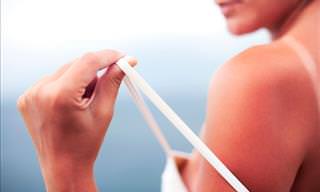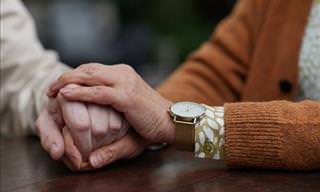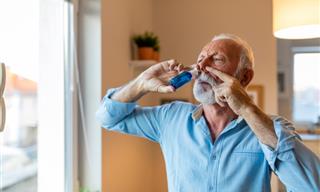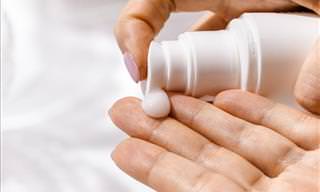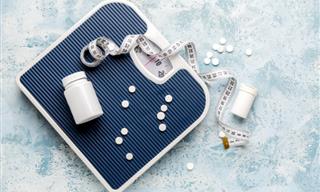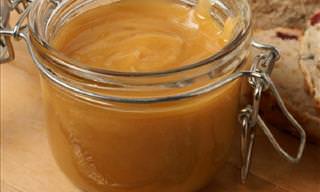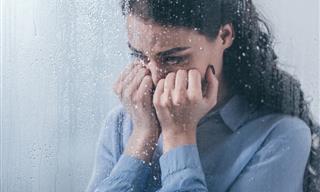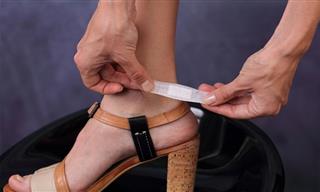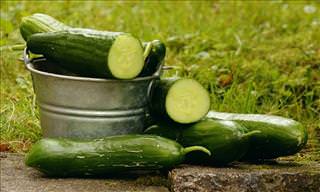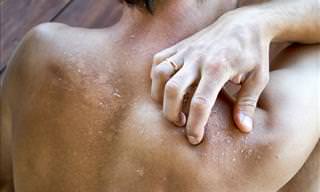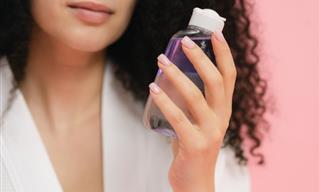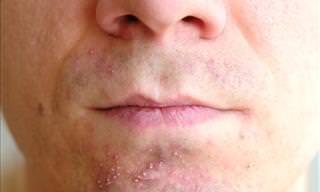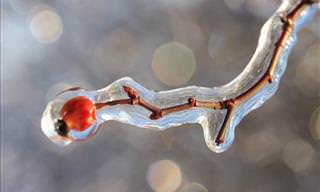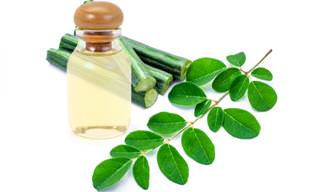1. Itching
Even if your sunburn is mild, you could experience some itching. This happens because the epidermis, the top layer of the skin, is damaged by the sun’s rays. The inner layers of the epidermis contain hundreds of nerve endings, which can be sensitized when the skin is inflamed, and this may result in itching.
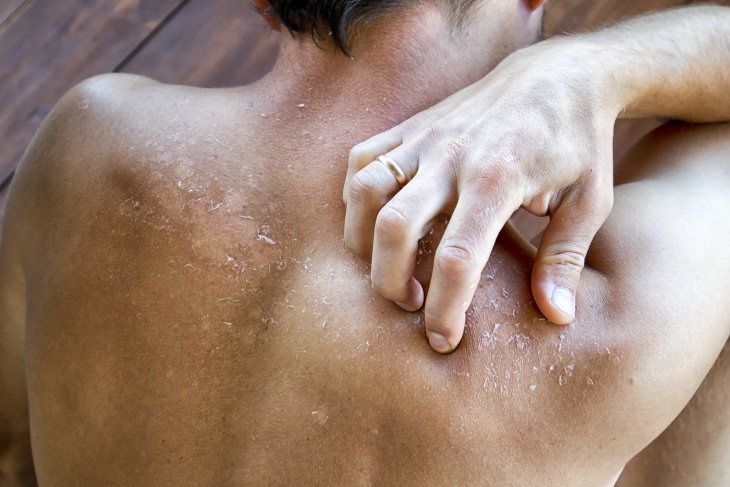
- DO Thoroughly Moisturize Your Skin
One of the most important steps to healing irritated, sunburned, and itchy skin is to protect and soothe it with a moisturizer. A good moisturizer "brings down inflammation and helps skin repair," stated Gary Goldenberg, MD, a dermatologist to the Insider. When choosing a moisturizer or lotion, make sure to refrain from fragranced products because they can further irritate the skin.
In addition, avoid thick creams or balms, such as products that contain petroleum jelly or mineral oil, because they trap the heat in the skin and may clog the pores. Apply an unscented lightweight lotion, aloe vera gel, or a specialized sunburn cream with hydrocortisone on clean skin right after showering. Reapply several times a day, if needed.
- DON’T Treat the Sunburn With Vinegar
Using an apple cider vinegar solution on a sunburn is a common natural remedy, but dermatologists say that it could do more harm than good. Vinegar, diluted or not, contains a high concentration of acetic acid, lactic acid, citric acid, and malic acid. Using it on a sunburn will seriously sting and compromise the already damaged skin even further.
According to Carol Cheng, a dermatologist and assistant clinical professor at the Geffen School of Medicine at UCLA, applying vinegar to a sunburn "may lead to a serious chemical burn." Needless to say, doing so can cause severe pain, will delay the healing process, and may leave scarring.
Related Article: The Best Natural Remedies for a Sunburn
2. Burning or Stinging
A burning or stinging sensation is another common symptom of sunburn. The intensity will depend on the severity of the sunburn. People with mild sunburns may feel that their skin is hot to the touch whereas those with blistering sunburns may experience severe pain, stinging, and burning.
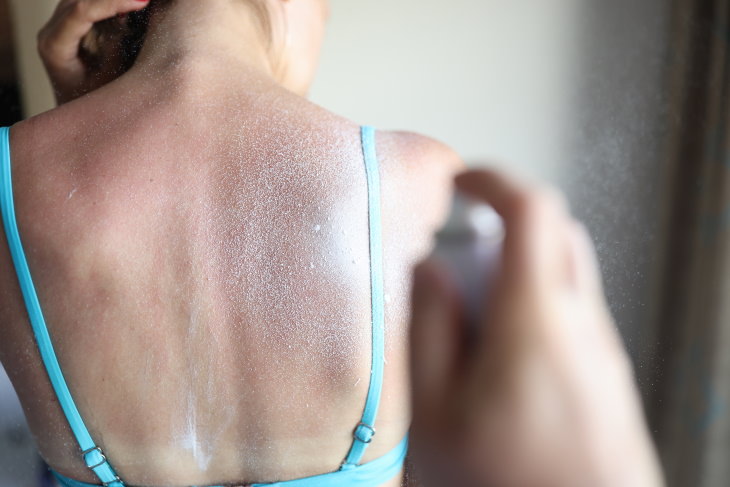
Colloidal oatmeal baths are an excellent remedy for any dry or inflammatory skin condition. Sunburns are no exception. The soothing and anti-inflammatory properties of oatmeal can reduce pain, burning, and swelling caused by a sunburn.
Colloidal oatmeal, or Avena sativa, is a powder made from finely ground and boiled oats. Preparing a colloidal oatmeal bath is easy: simply pour an appropriate amount of the colloidal oatmeal in lukewarm water and soak for 10-15 minutes in the bath, making sure that all the affected areas are submerged in water. You can also make your own oatmeal powder by grinding up 1 cup of oats in a spice grinder until completely fine and smooth.
- DON’T Apply Ice Directly to the Sunburn
A cold compress, a cool shower, or a lukewarm bath can feel wonderful when your entire body is aching, and all of these are certainly beneficial. However, applying ice directly onto the burn may compromise your skin, cause pain, and extend the healing time. So, wrap a cold pad or a bag in a cloth or towel and then apply it to the sunburn instead.
3. Redness
Redness is one of the first symptoms of sunburn. We’ve all experienced this: you take a shower after a day at the beach, walk up to a mirror, and see that your nose is red, your cheeks are pink, and your shoulders have red blotches in places where your T-shirt or bathing suit didn’t cover them.
- DO Continue Using a Sunscreen
If you don’t see any blisters or pain when you touch the areas that are red, you may think that you finally got your “base tan” and can now walk sunscreen-free. This is a myth, as even when your skin becomes tan, it will continue being damaged and burned by the sun. So, even if your skin is pink, red, or tan, you must continue applying sunscreen, especially now that your skin is already damaged by the sun.
You can moisturize first and apply sunscreen over your moisturizer if you feel like the sunscreen is drying out your skin.
- DON’T Exfoliate or Scrub the Skin
Using a nice loofah, body scrub, or chemical exfoliator may sound like a good idea when you’re recovering from a sunburn. After all, these products help buff out the burned skin faster, right? Not quite. Actually, all exfoliating treatments make your skin more vulnerable to the sun and can irritate and damage the already sensitive sunburnt skin.
You can only return to your exfoliating treatments once your skin has recovered completely, or at least a week, before using any of these products.
4. Peeling
You should know that skin peeling and flaking are a sign of severe sunburn, so be very gentle with your skin. Do not try to pick, peel, or scratch the affected area, as this increases the risk of scarring and infection. Let your skin recover and renew itself.

- DO Take Anti-Inflammatory Drugs When Necessary
A sunburn that peels is most likely accompanied by a lot of pain and a burning sensation on the skin, both of which are a sign that your skin is inflamed. In these cases, it’s legitimate to take any kind of non-steroidal anti-inflammatory medication (NSAID), such as ibuprofen or aspirin for a day or two. The medication will relieve the pain and soothe the skin.
Anti-inflammatory creams work well, too, just make sure to avoid petroleum and oil-based creams, just like a moisturizer.
Let your skin breathe and avoid tight clothes if your skin is sunburned. According to Shereen Idriss, a dermatologist at Union Square Laser Dermatology in New York, “Your body is trying to respond to the trauma by increasing blood flow to the area to help with healing. This results in redness, warmth, and inflammation to the area.” Tight clothing can worsen the immune response and increases swelling and blisters.
Related Article: How to Recognize and Treat Sun Poisoning
5. Blisters
It’s very unfortunate and extremely painful when your skin develops blisters after sun exposure. If this happens, it means that you have a second-degree burn, which is a really severe sunburn. This type of burn will take longer to heal and has a higher chance of developing an infection, so you should observe and protect it constantly.
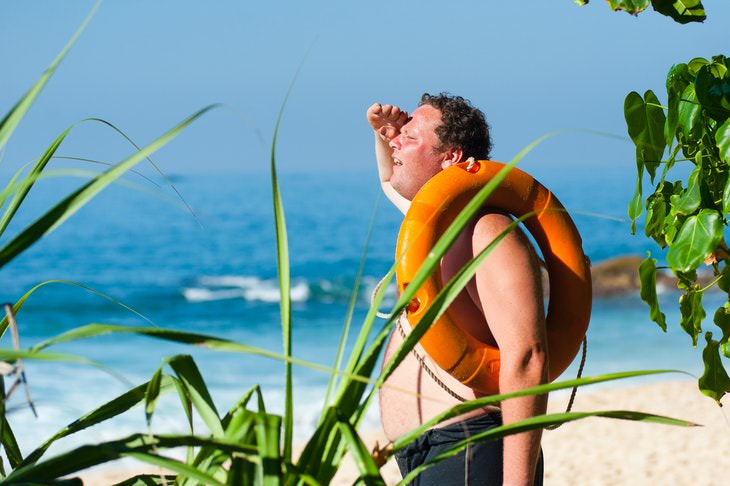
- DO Know When to Contact a Doctor
Second-degree sunburns often require professional care. According to the Mayo Clinic, if you experience any of the following symptoms, seek professional help:
-You have large blisters, or blisters on the face, hands, or genitals.
-The blisters are painful or filled with pus.
-Your experience severe swelling.
-Your symptoms don’t improve over a few days.
In some cases, you may even need to go to the hospital. These are the signs that a sunburn requires urgent medical care:
-High fever - 39°C (103°F) and higher.
-Fainting
-Confusion
-Dehydration.
Do not ignore any of these symptoms and seek appropriate professional help as soon as possible.
Similar to not peeling your skin after a sunburn, you should never pop sunburn blisters. If you have developed blisters as a result of sunburn, wear loose clothing to avoid applying pressure onto the blisters, too. The fluid in the blister actually serves a very important role - it is protecting the wound underneath the blister and helps the skin heal itself sooner.
Tips for Preventing a Sunburn
Mild, intermediate, or severe - all sunburns are no fun. Most importantly, though, they increase your risk of developing skin cancer, so when it comes to sunburns, the best treatment is prevention. Here are a few tips to help you prevent a sunburn:
1. Avoid the sun during peak hours - from 10 AM to 4 PM - whenever possible. If you must go outside during peak sun, try to spend most of the time in the shade.
2. Cover visible areas of your body with sunscreen every day. The sunscreen should be broad-spectrum and at least SPF 30. Don’t forget to cover your ears, the tops of the feet, lips, and the back of the neck with sunscreen. When you’re outside, reapply sunscreen every 2 hours because the creams get rubbed off or melt away with sweat, so you will get worse protection after a couple of hours.
3. Wear protective clothing - wide-brimmed sun hats, pants, long-sleeved shirts, sunglasses, and closed shoes - when you go outside or when you’re driving. A common type of sunburn occurs on the tops of the hands while driving, for example, so make sure to protect your hands. Stay out of the sun and be safe!
Share these tips with family and friends!
 Go to BabaMail
Go to BabaMail









